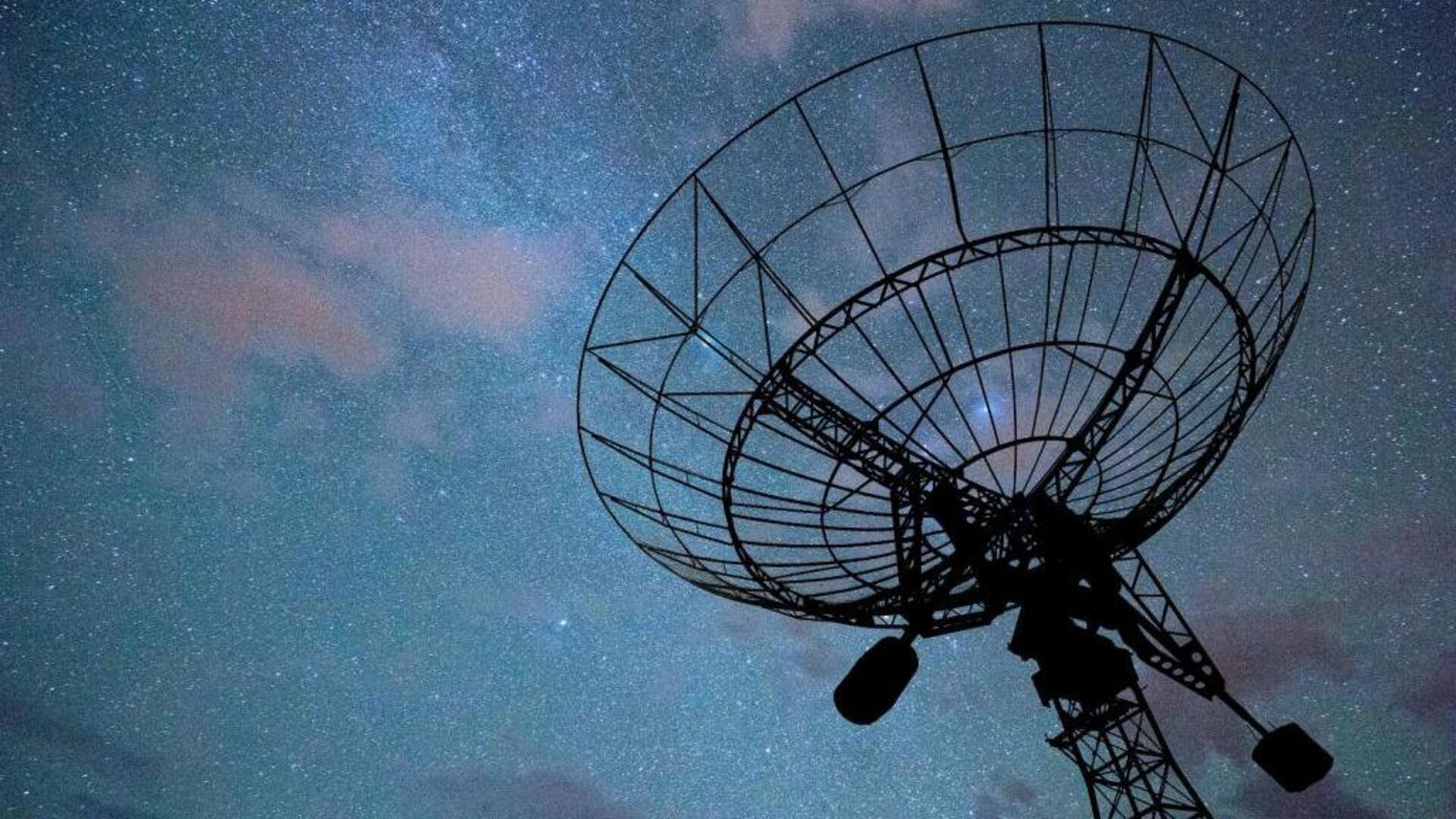Mysterious hourly signal from deep space is puzzling scientists
A perplexing, repeating radio signal originating from deep space in hourly intervals, has left scientists scratching their heads. The signal is believed to be emitted by a neutron star named ASKAP J1935+2148, situated approximately 15,820 light-years away in the Milky Way's plane. According to a study published in Nature Astronomy, the source is likely a pulsar-type neutron star that emits radio signals as it rotates on its axis.
Slowest spinning neutron star raises questions
The working hypothesis, however, has raised more questions than answers. With a 54-minute interval between signals, ASKAP J1935+2148 would be the slowest-spinning neutron star ever recorded. "It is highly unusual to discover a neutron star candidate emitting radio pulsations in this way," said Manisha Caleb, the study's lead author from the University of Sydney's Institute for Astronomy. "The fact that the signal is repeating at such a leisurely pace is extraordinary," Caleb adds.
Neutron star's unusual emission states add to mystery
Adding to the enigma, ASKAP J1935+2148 exhibits three distinct emission states, each with unique properties. Caleb noted these include strong radio signals that last between 10-50 seconds, a weaker state emitting a pulse 26 times fainter which lasts just a third of a second, and finally a quiescent state. Over an eight-month period, researchers observed these active emission states evolving, hinting at possible physical changes in the area producing the emissions.
Further investigation could challenge stellar understanding
If ASKAP J1935+2148 is not a neutron star, it could be a highly magnetic white dwarf, which is the most common type of stellar remnant. However, this theory also presents its own set of challenges. Caleb suggests that further investigation, "might even prompt us to reconsider our decades-old understanding of neutron stars or white dwarfs; how they emit radio waves and what their populations are like in our Milky Way galaxy."
Neutron stars: A brief overview
Neutron stars are the remnants of a supernova, a massive explosion that takes place when a star exhausts its fuel, and collapses under its own gravity. These stars possess powerful magnetic fields that emit streams of particles into space along their poles. In the case of pulsars, their rotation forces these particle streams to rotate as well, appearing to astronomers as repeating signals. However, ASKAP J1935+2148's slow rotation rate challenges this understanding.

